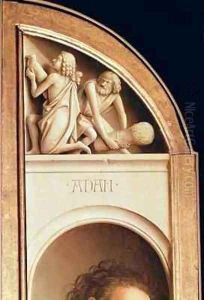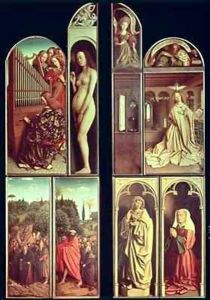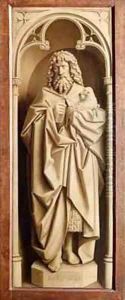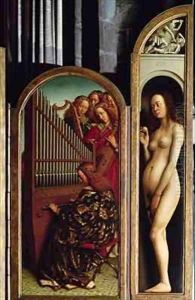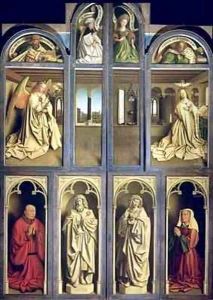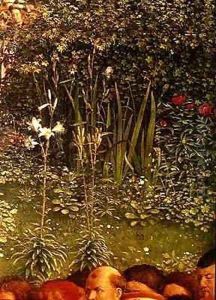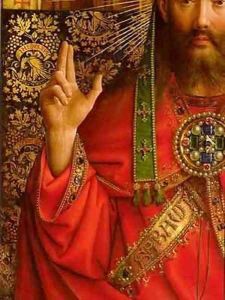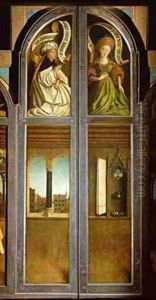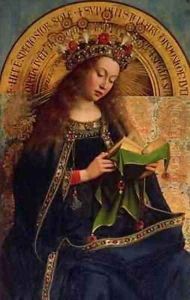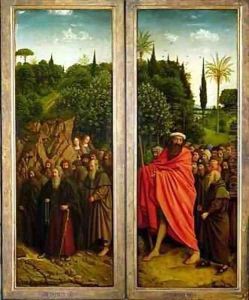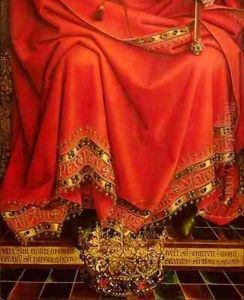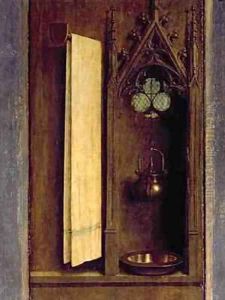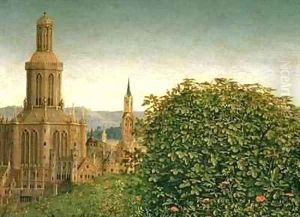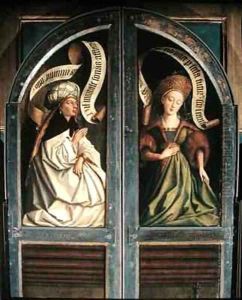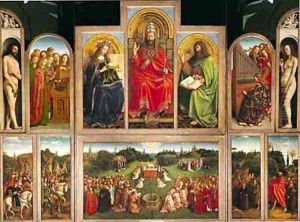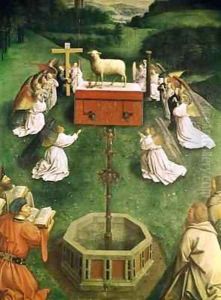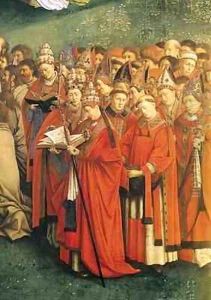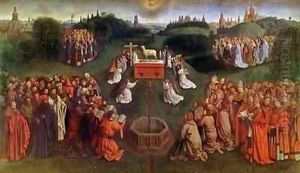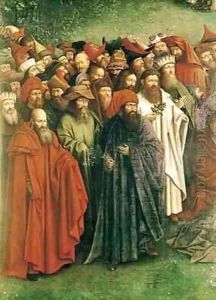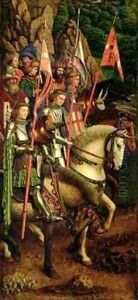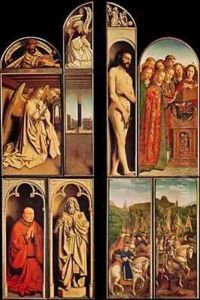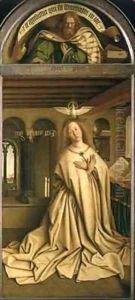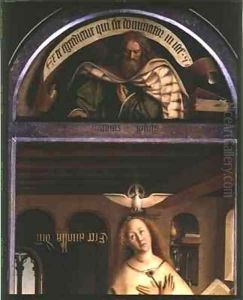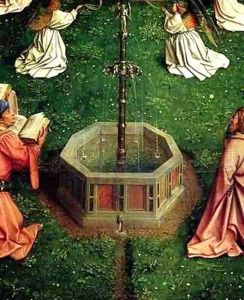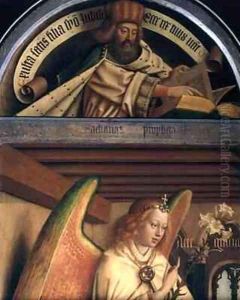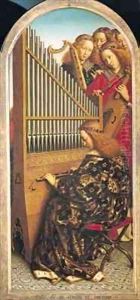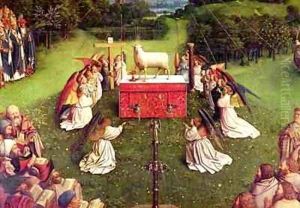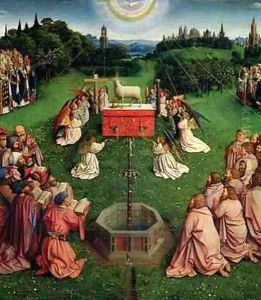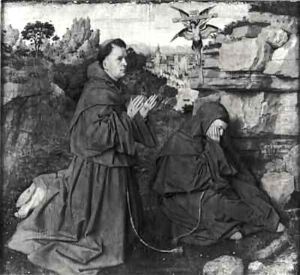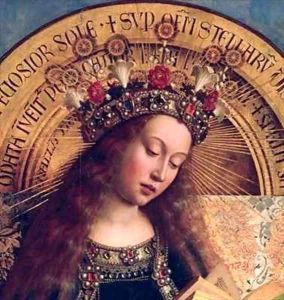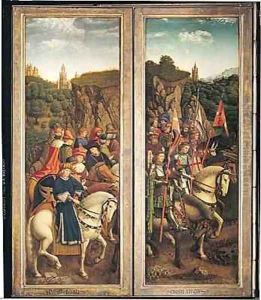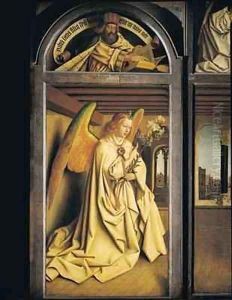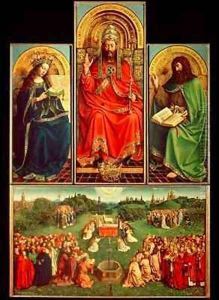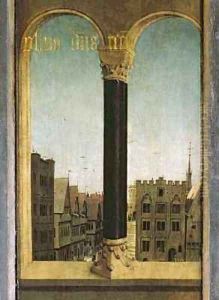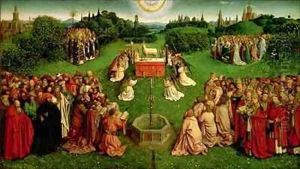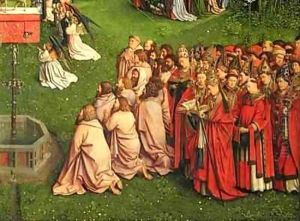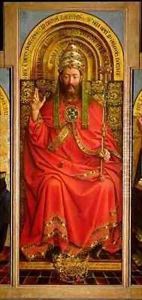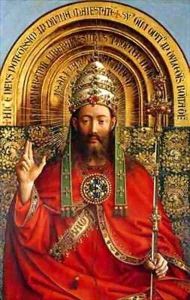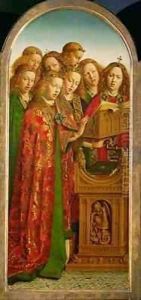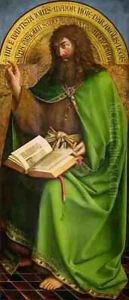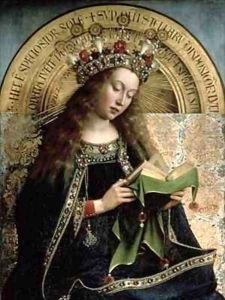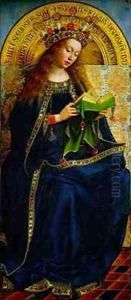Hubert & Jan van Eyck Paintings
Hubert and Jan van Eyck were Early Netherlandish painters who played a significant role in the development of painting in Northern Europe during the 15th century. Hubert, the elder of the two, is a somewhat enigmatic figure due to the scarcity of records; his exact birth date is uncertain, but he is believed to have been born in the late 14th century. He is most well-known for starting the work on the Ghent Altarpiece, a monumental polyptych which is considered one of the masterpieces of European art. Hubert died in 1426, and the altarpiece was completed by his younger brother Jan.
Jan van Eyck is renowned for his detailed technique and the use of oil paint, a medium that he did not invent but perfected and popularized, leading to a new level of realism in painting. He was born before 1395 and became a court painter to Philip the Good, Duke of Burgundy, one of the most powerful patrons in Europe at the time. Jan's works include not only religious panels but also secular portraits, such as the famous 'Arnolfini Portrait'. His contribution to art includes advancements in naturalism, attention to human emotion, and the use of glazing techniques that gave his colors a rich intensity and depth. Jan van Eyck's innovations had a lasting impact on the Renaissance art that followed, and he is often referred to as one of the fathers of Early Netherlandish painting. He died in 1441, leaving behind a legacy that would influence generations of artists to come.
